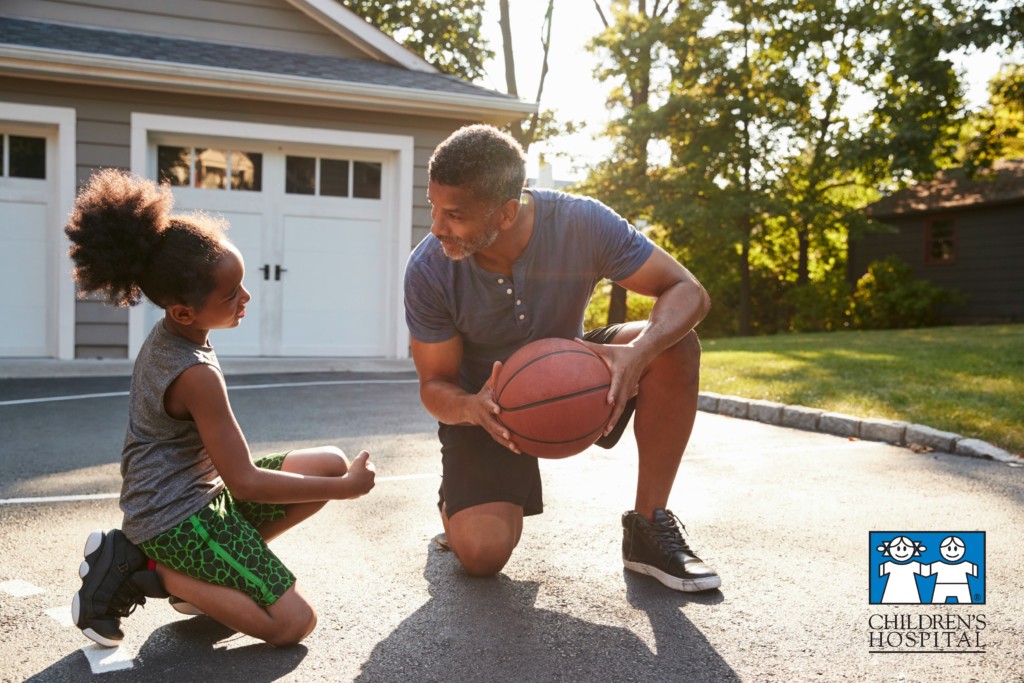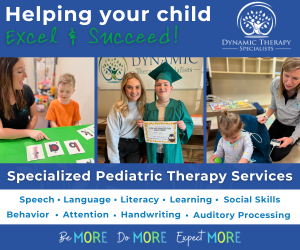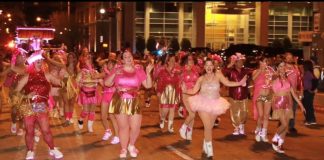Disclosure :: this post is sponsored by Children’s Hospital of New Orleans.
The Power of Pause
In today’s world, with a heightened awareness on safety, in critical situations multiple pauses have been put in place to make sure things are done correctly. On assembly lines, operators are empowered to hit the stop button whenever they feel that something is wrong. In surgery, a surgical team will take a ‘timeout’ to ensure the correct procedure is done on the correct part of the body and on the correct patient. In high risk industries, employees are encouraged to pause and process any time they feel uncomfortable. With much attention being placed on the “power of pause,” we seem to have forgotten that it also applies to our children.
In recent years, there has been an explosion in surgical innovation. We can do more, more safely and less invasively than ever before. Unfortunately, innovation is usually driven by need, and pediatric injuries, namely, pediatric sports injuries, have increased tremendously over the past 15-20 years. We have lost focus on injury prevention and have continued to be enamored by our abilities to somewhat return people back to their sports. We, as grown-ups, should pause and recall why we have had to create these innovations and develop new techniques and methods to prevent these injuries in the first place.
One of the greatest issues that has hindered the advancement of injury prevention is the “10,000 hour” concept put forth by author Malcolm Gladwell in his book, Outliers. In his book, Gladwell studied hockey players in Canada and determined that it took about 10,000 hours of training to become an expert in a skill. We all know and recognize that everyone who receives 10,000 hours of training does not perform exactly the same. Adults and their bodies can sustain the 10,000 hours of training much better than growing children.
For children, playing 10,000 hours of sports can lead to stress, injury and significant burnout. In pushing forward and encouraging the 10,000-hour concept, we are also pushing forward the idea that if you work hard, you can do anything. This isn’t always true, as people are just genetically different. I remember learning this when my father quickly informed me that I was simply not made for professional football when I was ten years old. At that time, I was a late bloomer, the smallest kid in my class and a slow runner. When I told him I wanted to play professional football when I grew up, he told me “One percent of high school athletes play college sports, and one percent of college athletes play professional sports.” Did I think I was that one percent of one percent? He was right.
Recent studies have shown that gifted athletes that move on to professional levels have played multiple sports in high school. This is often not a mode or model to create coordination, but shows that the pros are simply gifted athletes. They can move their bodies quickly and efficiently, which makes them better at sports than others. Even 10,000 hours of training is not going to take away that gift. Excessive training may help athletes hone their skill, or it may burn out their drive through frustration or injury.
It doesn’t seem that long ago that I was playing sports. My parents allowed me to play soccer, basketball, baseball and football, none of which overlapped. I always had the summers free to pause and play. Some people think that unfocused play is not beneficial, but I know that I logged more hours of cardio on my bike, developed core strength through knee-boarding, swam many laps in any water I could find, developed a wicked curve ball and learned to switch hit during my summers free of organized sports.
It was the Power of Pause that my parents gave me every summer, more than anything else, that gave me the opportunity to explore the development of my own talents with no constraints of a mandated approach. This opportunity of self-directed and self-restricted learning allowed me to let my body rest from the stress of the sport season and helped me to find my personal talents. It gave me the opportunity to have a successful career playing sports in high school. This self-development also gave me the opportunity to play football at a Division 1 SEC school, and to play soccer at the collegiate level.
Dr. James Andrews, through his initiative to stop sports injuries in kids, has developed a very comprehensive website in collaboration with BaseballUSA and FIFA 11+. His initiative aims to decrease the almost epidemic levels of pediatric sports injuries. Dr. Andrews’ current recommendation is that children should only play sports nine months out of the year, and they need three consecutive months of rest before returning to activities. Kids should only play one sport at a time. During their three months off, kids can play what they want with their friends as long as it is self-directed and they can self-limit. This pause allows their bodies to heal, they can develop new skills through self-directed learning, and most importantly, they can have fun. Dr. Andrews is an advocate of the Power of Pause.
We give the Power of Pause to so many important areas of our life. In critical, often life or limb-threatening activities, we would give anyone the ability to stop at any time and for any reason. Why don’t we give our kids the same chance? We often worry that if we don’t force kids to be active then they will not go outside, but perhaps by making sports and outside activities feel like work, we are just forcing them inside to have self-limiting fun.
About Tony Gonzales, MD



















